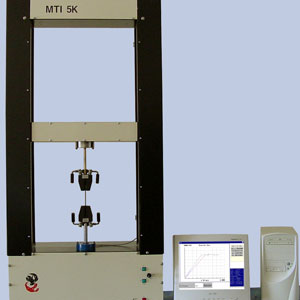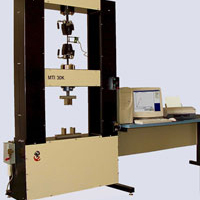Important role of Bending Test Fixtures
Testing of
parts and materials always needs that extra support and items such as tensile
grips, extensometers, Bending Test
Fixtures are obtained to do the required task. MTI gives a wide range of such
testing fixtures and instruments ranging from high capacity tensile wedge grips
to low force pneumatic grips for beams
of all different sizes. Our choice of grips, test fixtures and instruments
would fill many web pages such as this one. Let us save you the time of searching
through endless pages by just informing us of your needs so that we can give a
proven solution to your testing requirements.
The most
commonly Bending Test Fixtures is
the tensile grip. MTI offers' wedge grips which means that the grip body passes vertically to open and close the wedge
jaw.The wedge inserts open and close towards and do not transmit undesired
tensile to the specimen while attaching the grip.
Pneumatic
grips give a simple and efficient method to clamp test specimens, adjusting to
the different conditions and hold anyhow of sample distortion. Multiple
replaceable jaw faces are available in many sizes and surfaces. Grips can be
fit out with serrated, smooth, rubber-coated and diamond cut.
Guided-Bend / Weld Bending Test Fixtures
gives an adjustable span for "U" bend tests of plane plate or welded
flat examples. The fixture comprise of a t-slot base with adjustable span
supports supported by two tie rods for increased lateral support A center
loading nose is
Different Bending Test Fixtures are available from MTI. Fixtures
classify for the shortest test such as
the short-beam-shear test for combination, or for bending long beams such as
40-foot long I-Joists can and have been supplied for our customers.
Straps and
webbing require separate grips to control the problems of slippage
while
maintaining sufficient grip force to produce a valid test outcome. The
eccentric split cylinder belt design supplies just such a capability to support
the U.S.





Comments
Post a Comment